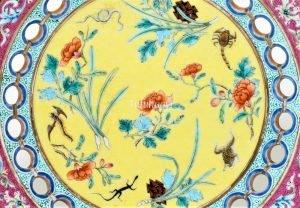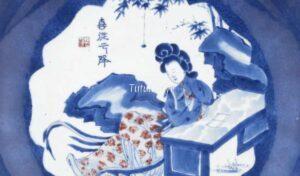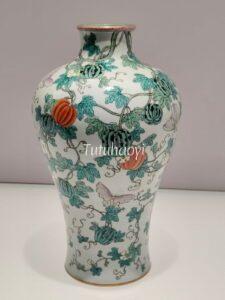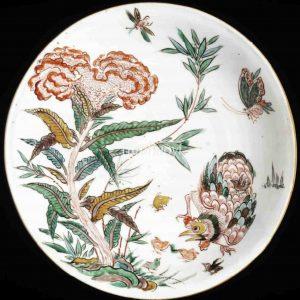Showing Results Containing
On Duanwu Festival, Chinese people have a variety of practices, such as drinking rice wine sprayed with realgar powder and hanging images of the Heavenly Master on the lintel. Where did this tradition come from and how were these practices depicte...
Dr Yibin Ni has discussed the differences of symbolic meanings of lily between Western and Chinese cultures in his unique research, bringing new insight into pictorial art.
Are you afraid of small insects such as spiders? Why do we see this tidy dangling creature a popular motif used in traditional Chinese art? There is a secret here…
Summer solstice, the longest day in the year, occurs in the fifth month of the Chinese calendar and Chinese astronomy believes that it stands for the apogee of the yang force in the annual cycle. Ancient philosophers warned in Classic of Changes (易经 Yi Jing) that ‘When the sun has reached the meridian h...
The phrase ‘gua die mian mian 瓜瓞绵绵’ is a variation of a line from a poem in the Classic of Poetry, Shijing 诗经, compiled in China during the period between the 11th to 7th centuries BCE, used as a metaphor for the continuation and flourishing of the family or clan along the male lin...
Pun design:
Spider + descending from the sky
Punning mechanism:
‘Zhi zhu (蜘蛛, spider)’ has a nickname ‘xi zi (蟢子)’ or ‘xi zhu (喜蛛)’ meaning the ‘lucky one’ or ‘lucky spider’.
Its first character ‘xi 喜(蟢)’ for ‘happiness (good luck)’ is then combined with the ...
‘Dié 蝶’ from hú dié 蝴蝶, the Chinese character for ‘butterfly’, can be used to pun on ‘dié 耋’, meaning ‘octogenarian’ in the phrase ‘Ma...
‘Guan 冠’ in the Chinese name ‘ji guan hua 鸡冠花’ for ‘cockscomb’ is a pun on ‘guan 官’, which means ‘high-ranking official’. The crest on the head of a rooster is also called ‘guan 冠’ in Chinese. Thus, the appearance of both the cockscomb and rooster in a picture represents the auspicious...






